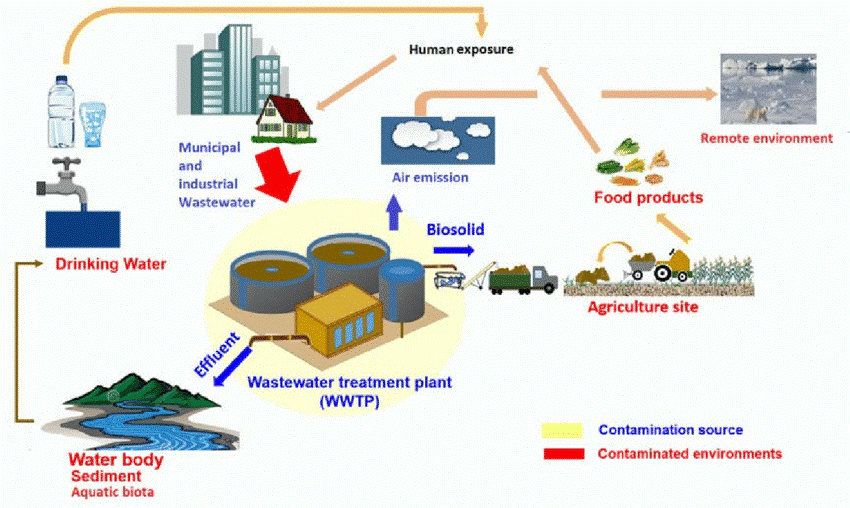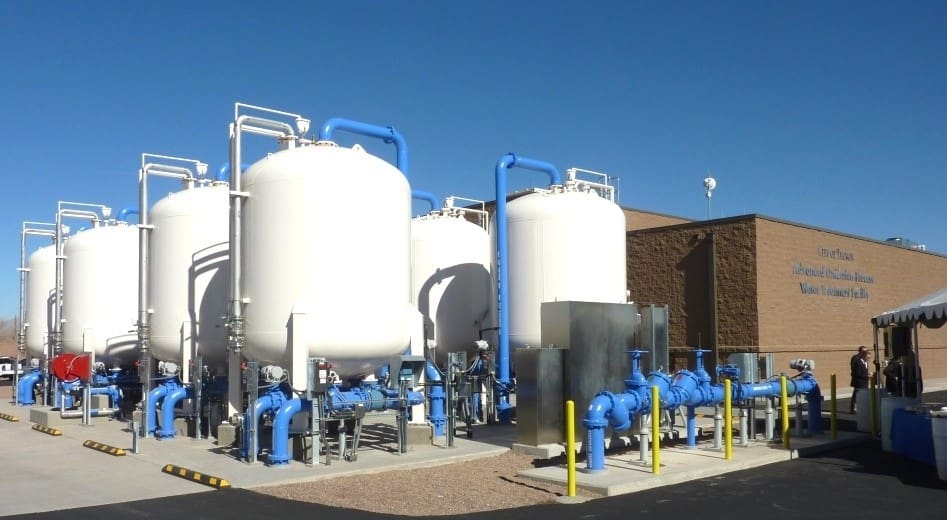Cutting-edge PFAS Treatment Solutions for Safer Water
The raising frequency of PFAS contamination in water products requires a vital examination of innovative therapy remedies. Furthermore, emerging bioremediation techniques supply a more lasting method to taking on PFAS obstacles. pfas management.
Summary of PFAS Contamination
PFAS contamination has actually become a considerable ecological and public health and wellness issue. Per- and polyfluoroalkyl materials (PFAS) are a team of artificial chemicals recognized for their perseverance in the atmosphere and body, leading them to be typically described as "for life chemicals." These substances have actually been extensively utilized in numerous markets, consisting of firefighting foams, water-repellent materials, and food packaging, primarily because of their water- and grease-resistant buildings.
The widespread use PFAS has caused their detection in dirt, water materials, and even in the blood of humans and pets. Researches have linked PFAS exposure to numerous health and wellness problems, including developing results in babies, body immune system dysfunction, and various forms of cancer. In addition, the environmental perseverance of these compounds complicates their degradation and elimination, raising problems concerning long-term eco-friendly impacts.
Regulatory bodies are progressively carrying out rigorous guidelines to keep an eye on and lower PFAS degrees in alcohol consumption water and various other ecological tools. As understanding of PFAS contamination grows, it has actually ended up being essential for areas and markets to look for efficient therapy remedies to alleviate exposure and protect public wellness.
Advanced Filtration Technologies
As the necessity to deal with PFAS contamination escalates, progressed purification innovations have arised as a critical component in the remediation efforts focused on getting rid of these consistent chemicals from water resources. These technologies leverage advanced mechanisms to effectively target and record PFAS compounds, which are infamously immune to conventional treatment methods.
One of the most promising methods is the usage of granular turned on carbon (GAC), which adsorbs PFAS particles because of its high surface and permeable framework. This technique has been commonly applied in both community and industrial setups, demonstrating considerable reductions in PFAS focus. Furthermore, ion exchange resins have obtained grip, particularly designed to selectively bind PFAS ions from water, hence promoting their elimination.
Membrane layer filtration technologies, such as reverse osmosis and nanofiltration, also reveal efficiency in PFAS removal by literally dividing pollutants from water - pfas management. These systems can achieve high degrees of pureness, making them suitable for drinking water applications
Chemical Treatment Advancements
Numerous chemical treatment technologies are being explored to effectively address PFAS contamination in water supplies. One appealing continue reading this technique entails using innovative oxidation procedures (AOPs), which utilize powerful oxidants such as ozone, hydrogen peroxide, or chlorine dioxide incorporated with UV light to damage down PFAS compounds into much less harmful substances. This method has demonstrated efficiency in laboratory setups, revealing potential for scalability in real-world applications.
Another ingenious technique is the growth of ion-exchange resins especially developed to target PFAS. These materials can precisely adsorb PFAS substances from water, allowing for their elimination during therapy processes. Current improvements have actually improved the performance and capacity of these resins, making them a favorable choice for water treatment centers.
Additionally, scientists are examining using chemical agents like persulfate and ferrous ions to boost the destruction of PFAS in infected water. These agents can induce chain reaction that facilitate the malfunction of consistent PFAS compounds.
Arising Bioremediation Techniques
Current developments in chemical treatment innovations have led the means for exploring bioremediation blog here methods as a viable option for dealing with PFAS contamination. Bioremediation uses the natural metabolic processes of microbes to weaken or transform contaminants, making it an enticing strategy for dealing with relentless impurities like PFAS.
Arising strategies in bioremediation consist of using genetically crafted microorganisms that can especially target and damage down PFAS substances. These microbial stress are being developed for their enhanced degradation capacities, boosting the effectiveness of the remediation process. Additionally, researchers are investigating the potential of plant-assisted bioremediation, where particular plant species may uptake and withdraw PFAS from polluted dirt and water.
Another promising method is the application of bioaugmentation, which includes introducing beneficial microbes right into contaminated settings to increase the degradation of PFAS. This technique can assist in quicker removal timelines and improve total effectiveness.

Governing Structures and Standards
An extensive regulatory framework is crucial for properly managing PFAS contamination and making sure public health and wellness security. The boosting recognition of per- and polyfluoroalkyl compounds (PFAS) as toxic wastes has actually motivated different federal and state agencies to establish criteria that govern their presence in water products. The U.S. Epa (EPA) has actually developed health and wellness advisories and is functioning toward establishing enforceable limits for PFAS in alcohol consumption water.
State-level guidelines vary considerably, with some states embracing more stringent standards than those recommended by the EPA. These regulations often consist of optimum contaminant degrees (MCLs) for certain PFAS compounds, find monitoring needs, and reporting commitments for water utilities. Additionally, arising frameworks focus on the removal of contaminated websites, highlighting the need for effective therapy innovations.

Final Thought
Finally, the development and execution of ingenious PFAS treatment remedies are crucial for dealing with the prevalent problem of water contamination. Advanced filtration modern technologies, chemical therapies, and emerging bioremediation strategies collectively present a complex method to effectively minimize and deteriorate PFAS degrees. As regulative structures remain to advance, integrating these technologies will certainly be vital to safeguard public health and wellness and restore the stability of infected water sources, inevitably contributing to a cleaner and more secure environment.